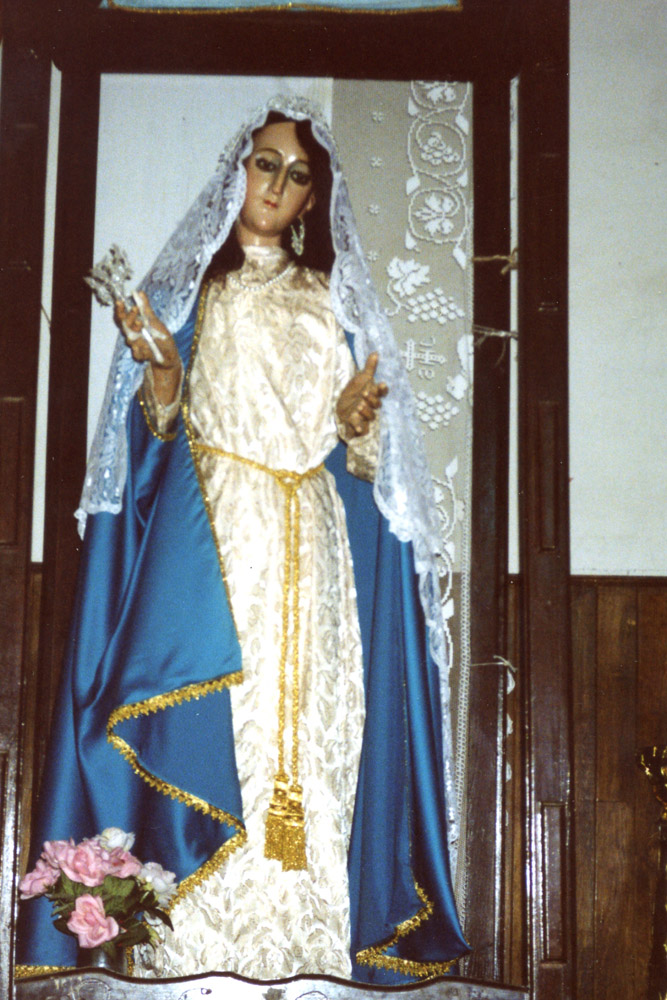Santos in Oaxaca's Ancient Churches
A study of santos in 16th-century and other churches in Oaxaca, Mexico


By Claire and Richard Stracke
Funded by a grant from the Rockefeller Foundation.
In San Pedro y San Pablo
Etla:
Angel
Christ at
the pillar
Christ:
Ecce Homo
Christ fallen under
the cross
Christ in the pretorium
Crucifix
Our Lady of
Mount Carmel
St. Anthony of Padua
St. Luke
St. Paul
St. Peter the
Apostle
St. Peter of Verona
(Peter Martyr)
Soledad group
Unidentified saint
(1)
Unidentified saint
(2)
Unidentified saint
(3)
Virgin Mary
